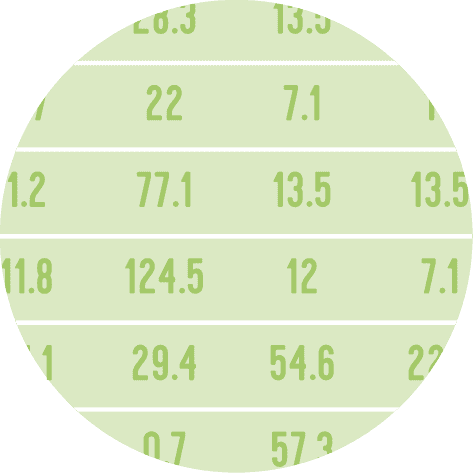import pandas as pd
from plotnine import *Dataset
Since bar plots are a type of chart that displays the counts or values of different categories in a dataset, we will need a dataset that contains the categories we want to compare.
For instance, let's consider a dataset that contains the sales data for three different products: Product A, Product B, and Product C. In our case, we can plot the names of the products on the x-axis and their corresponding sales figures on the y-axis. You can learn more about bar plots by reading this section of the Python Graph Gallery.
sales_data = {
'Product': ['Product A', 'Product B', 'Product C'],
'Sales': [150, 220, 180]
}
# Convert the dictionary to a pandas DataFrame
df = pd.DataFrame(sales_data)One color per bar
If we manually set the color of each bar, we can add the fill argument and give it a list of colors of the same length as the number of bars. This way, each bar will have a different color.
colors = ['darkred', 'lightblue', 'purple']
(
ggplot(df, aes(x='Product', y='Sales')) +
geom_bar(stat='identity', fill=colors)
)Color according to a variable
If we want to color the bars according to a variable, we can use the fill argument and set it to the name of the variable.
Moreover, it will automatically create a legend that shows the color scale and the corresponding values.
(
ggplot(df, aes(x='Product', y='Sales', fill='Product')) +
geom_bar(stat='identity')
)Change opacity
If we want to change the opacity of the bars, we can use the alpha argument and set it to a value between 0 and 1. This way, we can make the bars more transparent.
(
ggplot(df, aes(x='Product', y='Sales')) +
geom_bar(stat='identity', alpha=0.4)
)Flip the bars
If we want to flip the bars so that the categories are displayed horizontally, we can use the coord_flip() function. This way, the categories will be displayed on the y-axis and the values on the x-axis.
(
ggplot(df, aes(x='Product', y='Sales')) +
geom_bar(stat='identity') +
coord_flip()
)





